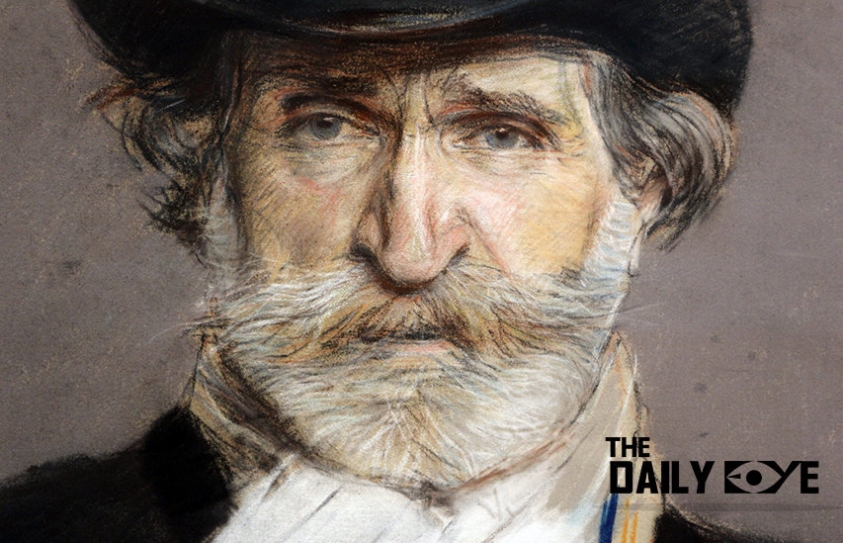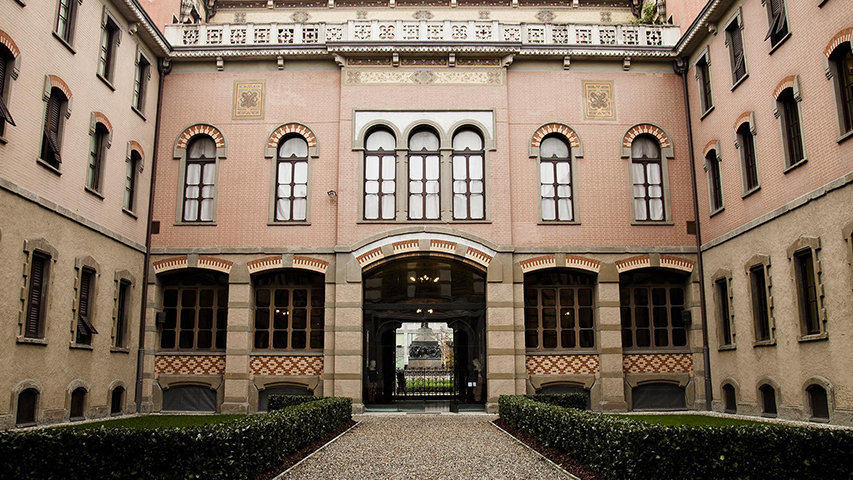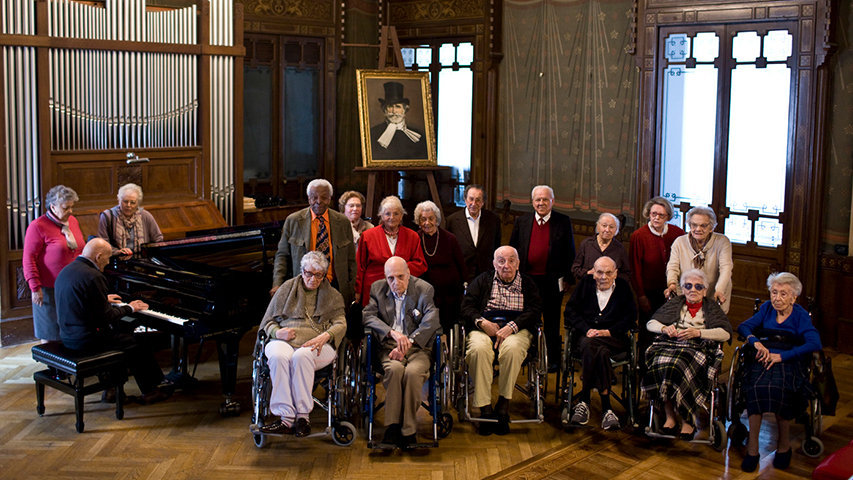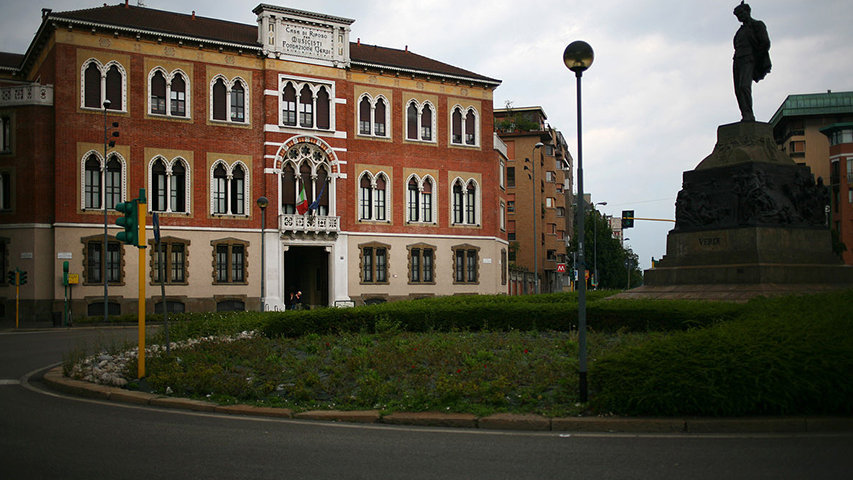
Giuseppe Verdi’s Masterpiece: A Retirement Home for Musicians
by Yash Saboo May 2 2018, 7:00 pm Estimated Reading Time: 2 mins, 39 secsThe problem of old age loneliness persists among retired musicians too. Giuseppe Verdi, an Italian opera composer had a unique vision. He wanted all retired musicians to live together happily. To turn this vision into reality he, shortly before his death, donated all royalties from his operas to the construction and administration of a luxurious retreat for retired musicians. On the 16th of December 1899, Giuseppe Verdi founded a retirement home in Milan to house and care for elderly musicians without great means of support. Casa Verdi was opened on 10th of October 1902.
In a letter to his friend Giulio Monteverde, Verdi wrote: “Of all my works, my favourite is the home that I had built in Milan to care for elderly artists who did not possess the virtue of putting some savings aside in their youth. My poor and dear life companions! Please believe me, my friend, when I say that this Home is my masterpiece".
A distinctive example of its kind throughout the world, the Home is considered Verdi’s Last masterpiece. He dedicated the final years of his life to this philanthropic project before he died in 1901 at the age of 88.

Source:casaverdi.it
Generous contributions from other benefactors have all helped to maintain the retirement home up till the present day. Among many others, these include famous names connected with the world of music such as Arrigo Boito, Sergio Dragoni, Arturo Toscanini and Wanda Toscanini Horowits.
The building in piazza Buonarotti 29 was designed in 1899 by the intellectual and architect, Camillo Boito, based on a style that respected the taste for Gothic revival that was prevalent at the beginning of the 20th century.

Source:Rockit
Competition for residential slots is stiff. To qualify, one must have been a professional musician or music teacher. Those selected enjoy room, board, and medical treatment, dining tables named in honour of Verdi’s works and those inclined to worship do so in a chapel named for Santa Cecilia, the patron saint of musicians.
In addition to that, writes The New York Times, "access to concerts, music rooms, 15 pianos, a large organ, harps, drum sets and the company of their peers." Musical programming is as constant as the fine view of Verdi’s grave.

Source:Wikipedia
After purchasing a large piece of land, Giuseppe Verdi entrusted the project to the architect Boito, brother of Arrigo his musician friend and librettist. The building is, therefore, ‘in Boito style’, a successful combination of Arab-Norman, Gothic-Tuscan and Venetian-Byzantine architecture which gives the structure an imposing, yet sumptuous, feel.
Stepping inside, visitors can immediately inhale the atmosphere of an opera house, almost enough to feel like bursting into song. The tasteful decor showcases a spinet and ornaments donated to the composer by the ruler of Egypt on the occasion of the performance of Aida in Cairo in 1871. Here the maestro and his wife Giuseppina Strepponi have been laid to rest in a crypt decorated with mosaics. A visit to Casa Verdi is a unique experience: visitors can delve into the memories of a rest home that tells the stories of all the guests who have lived herein over the last century.




-173X130.jpg)
-173X130.jpg)


-173X130.jpg)


